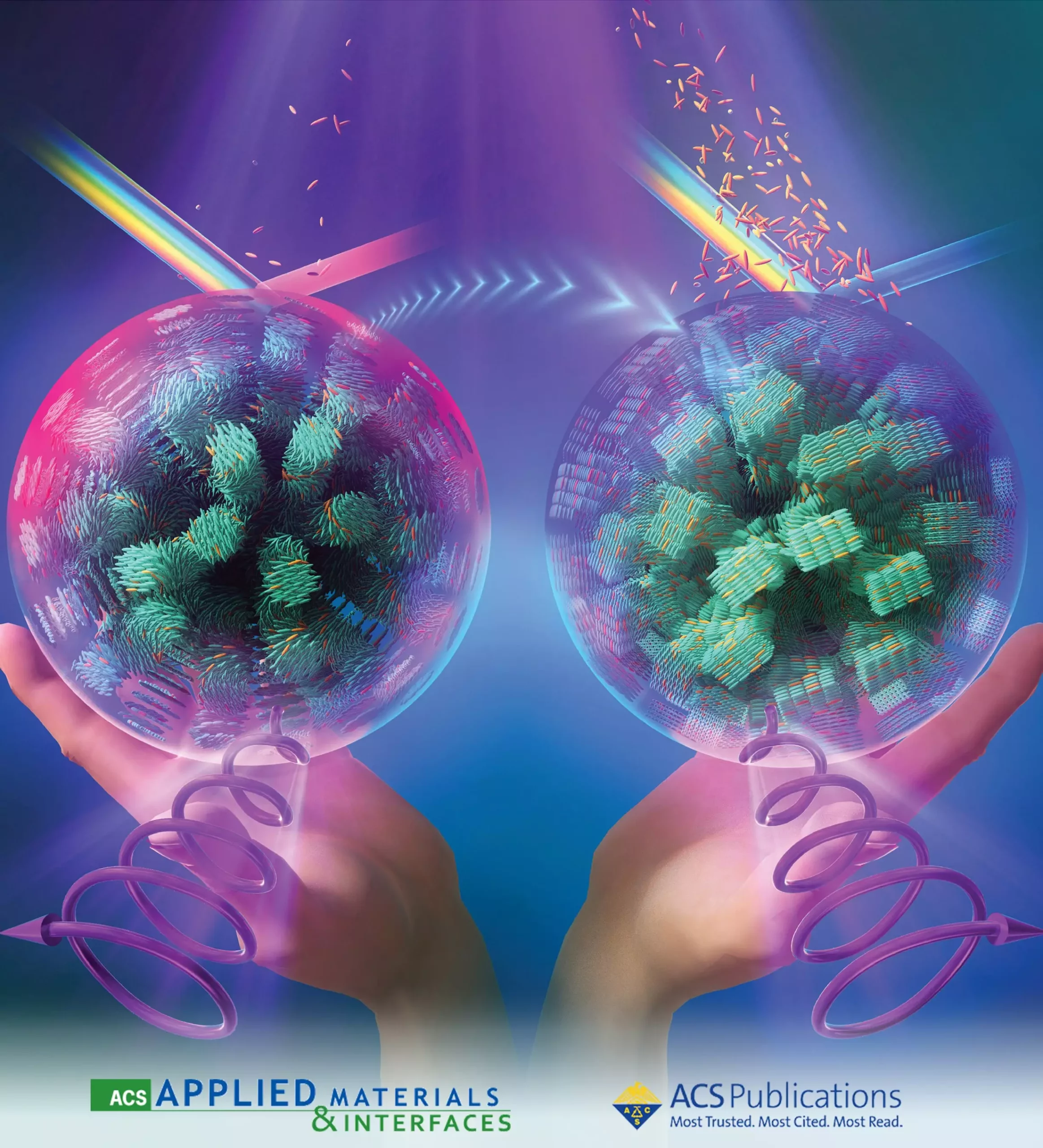In a world where counterfeit goods pose a significant threat to the economy and public safety, the development of advanced anti-counterfeiting technologies is crucial. A recent study led by Nagoya University has introduced a groundbreaking approach to creating secure labels for high-value products. By combining fluorescent dyes with cholesteric liquid crystals (CLCs), researchers have successfully enhanced the security features of traditional anti-counterfeiting labels.
Enhanced Security Features
The innovative use of fluorescent dyes in creating fluorescent CLCs (FCLCs) has resulted in the production of labels with virtually impossible-to-counterfeit characteristics. These unique labels are specifically designed to safeguard valuable items, important documents, and sensitive products by generating intricate visual patterns that are challenging to replicate without specialized tools and expertise. The addition of fluorescent dyes to CLCs causes the helical structure of the crystals to twist either to the left or right, a property known as chirality. This twisting determines how the crystals reflect light, creating a distinct “light signature” that is unique to each label.
Under normal light, the FCLCs appear as solid colors with no visible information, adding an element of secrecy to the labels. However, when viewed through a circular polarizer, hidden features emerge, revealing intricate details that serve as a primary security layer. Moreover, the FCLCs can include components that respond exclusively to ultraviolet light, offering a secondary verification method. The integration of dual-layer security, utilizing left circularly polarized light (CPL) and ultraviolet light, significantly enhances the protection provided by traditional CLC-based anti-counterfeiting tags.
The unique iridescent colors of FCLCs shift based on the concentration of chiral dopant and the polarization of the light source, introducing an additional layer of complexity for counterfeiters attempting to replicate the labels. By precisely adjusting the chiral dopant concentration, researchers have fine-tuned the material to reverse the direction of circular polarization. This adjustment enables the FCLCs to reflect right-handed CPL while absorbing left-handed CPL, further complicating any counterfeiting efforts.
Future Implications
The development of FCLC particles with circularly polarized structural color and circularly polarized luminescence marks a significant advancement in the realm of anti-counterfeiting technology. With the potential to include additional security features such as visible QR codes under polarized light or passwords revealed under UV light, this innovative approach holds promise for securing high-value goods and protecting sensitive products from forgery.
The integration of FCLCs into security protocols could revolutionize the fight against counterfeiting across various industries. By offering a robust defense mechanism against counterfeit products, these advanced labels have the potential to safeguard the integrity of high-value items and mitigate the risks associated with counterfeit goods. As we look towards the future, the evolution of anti-counterfeiting technology will continue to play a crucial role in ensuring consumer safety and upholding the authenticity of products worldwide.


Leave a Reply